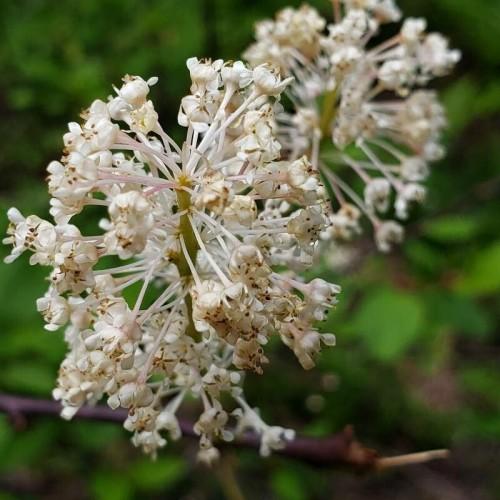
Redstem Ceanothus
Ceanothus sanguineus
Also Known As - Oregon TeaWatering:
Minimal
Hardiness Zone:
Sun:
part shade,full shade
Leaf:
Yes
Growth Rate:
Low
Care Level:
Medium
watering
Water your Giant Blue Cohosh deeply once or twice a week, depending on the season. In the summer, water thoroughly each week if rainfall is less than 1 inch. Water in the morning to reduce evaporation and allow the excess to drain away from the base of the plant. In the winter, water deeply every other week if there is no rainfall. Soak the root zone during each watering session and reduce the frequency of watering if the ground is frozen.
sunlight
Giant Blue Cohosh plants thrive best in areas with abundant sunshine. During the spring and summer months, Giant Blue Cohosh plants should receive 5 to 6 hours of sun each day, allowing the plant to produce larger, more vibrant leaves and blooms. As temperatures drop and daylight becomes shorter in the autumn and winter months, the amount of sunshine the plant should receive should decrease to 3 to 4 hours of sun per day in order for the plant to survive and protect itself from damage due to frost and cold.
pruning
Pruning of Giant Blue Cohosh (Caulophyllum giganteum) should be done in early spring, after any risk of frost has passed. Prune out dead wood and any damaged or unevenly spaced growth by cutting the stems back to near ground level. This will encourage dense new growth and encourage flowering. If necessary, prune out any crossing stems or stems that are growing in the wrong direction. Pruning should be done carefully to avoid damaging the delicate flower structures of the plant. Low maintenance pruning should be done every 2 to 3 years to keep the plant looking tidy, and to promote new flowering stems.
